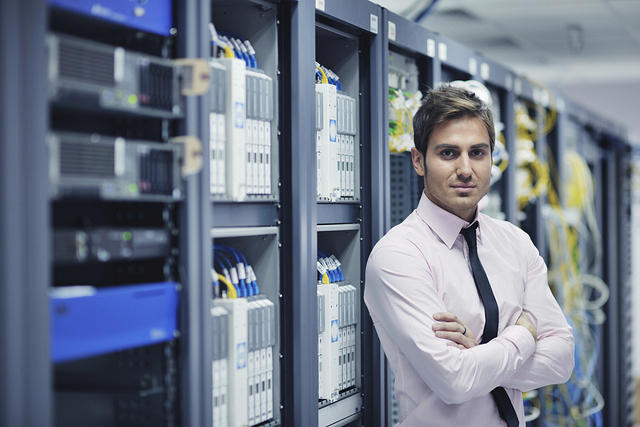What will Datacenters of the Future Look Like?
Datacenter professionals always need to stay on top of the latest trends in Datacenter infrastructure development. As discussed in a report from TechTarget, datacenter innovation can be a complex topic however the topics below are areas which stand out.
Numerous Improvements in Energy Efficiency
With concerns over LEED certification in the data center and keeping costs in check as demand increases, energy efficiency remains one of the biggest drivers of data center innovation. Energy aware hardware allows power to be distributed from server to server based on their workload. In the past, idle servers typically consumed 60% to 70% of their rated energy level. Today however servers might use 25% to 50% of their capacity when idling.
Aside from general improvements in efficiency, modern servers are purpose-built rather than general-purpose. Today major hardware manufacturers are creating chips and configurations around specific challenges. For example, in virtualization intensive environments, using servers with extra DRAM slots is more efficient than putting an emphasis on high-performance processors.
Innovations in Cooling Technology
Although its unlikely computer room air conditioning (CRAC) will disappear within the next decade, future data centers are likely to use a combination of traditional and alternative cooling technologies. A cooling technology of note is immersion cooling which immerses computing equipment within a nonconductive oil bath in order to draw heat away from circuits. If a failure occurs, a small circulating pump can power on to keep fluid circulating to prevent overheating.
In-row coolers are another technological advancement which allows data center professionals to maximize performance with a versatile solution that can be built to fit even the most complex systems. The biggest advantage of these systems are that hot air is immediately removed from the equipment (via coils underneath the server racks) whereas traditional refrigeration involves pushing air over long distances, which can heat up over time.
Emphasis on Environmental Concerns
As mentioned earlier, LEED and other environmental standards are causing many data center professionals to consider the environmental impact of their data centers both on current and future generations. Aside from a close examination of power costs, cooling requirements and local taxation, the environment will remain a significant concern due to the impact it has on the infrastructure. For example, locating a datacenter near a highway can cause a traditional CRAC centers filters to clog.
Carbon taxes are also going to cause most datacenter professionals towards eco-friendly solutions as a way to keep costs down both now and as environmental regulations get tighter.
While all of these aspects might sound overwhelming, by breaking down trends into manageable chunks, you can ensure that you do not become overwhelmed.
